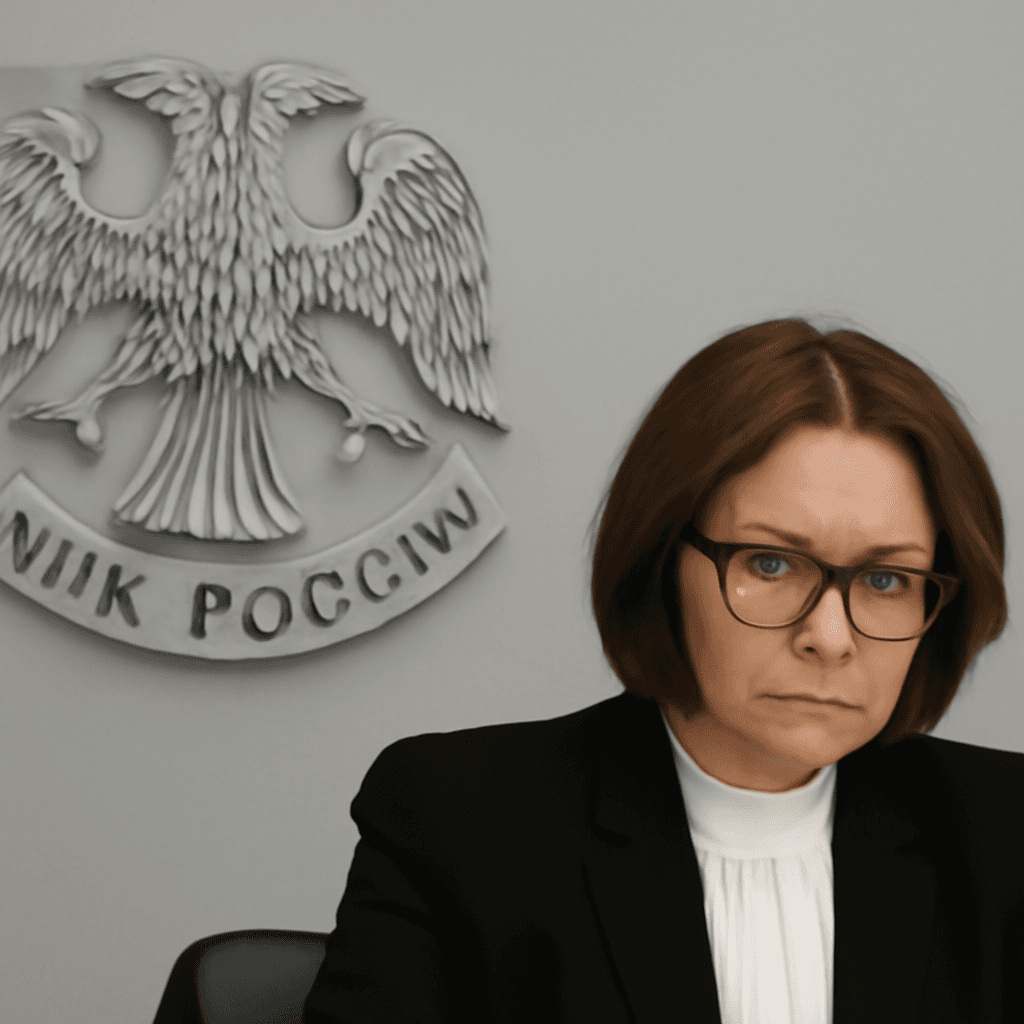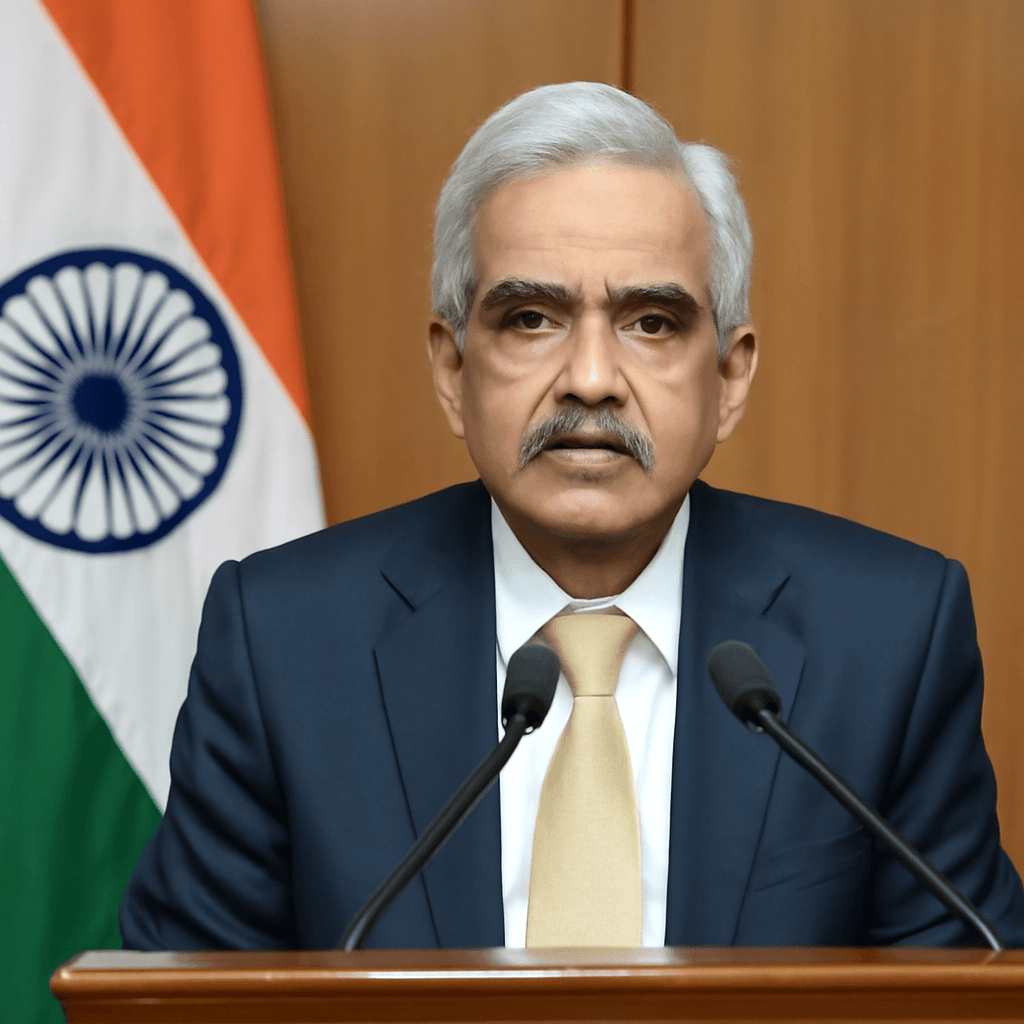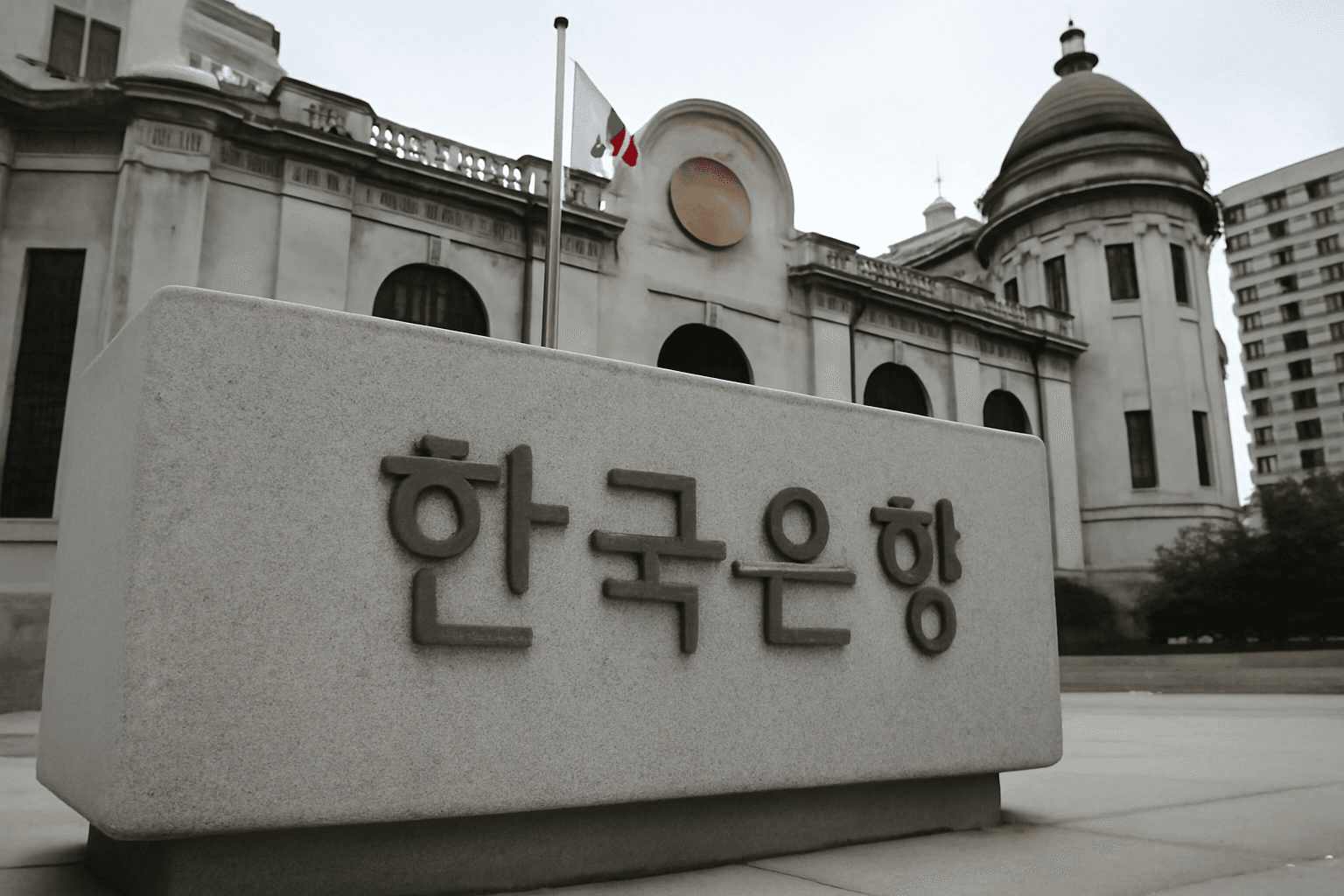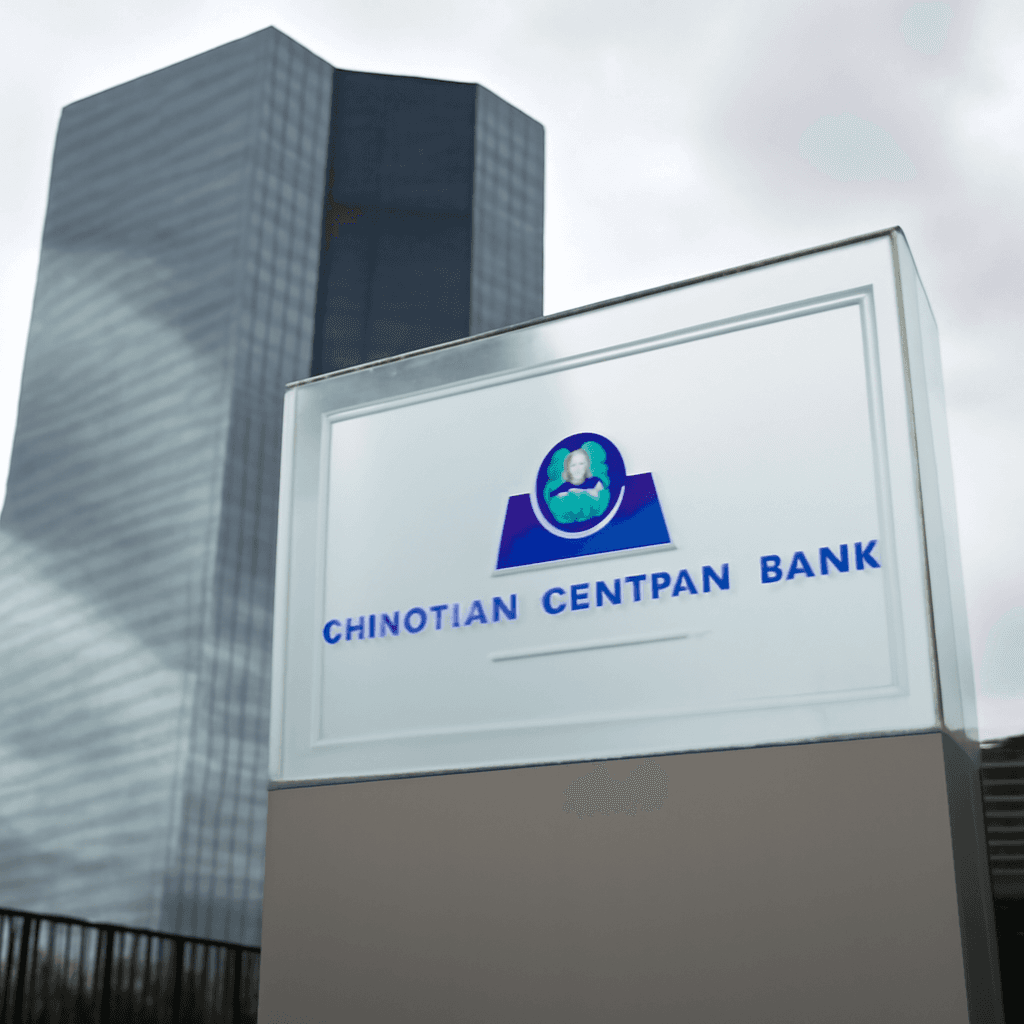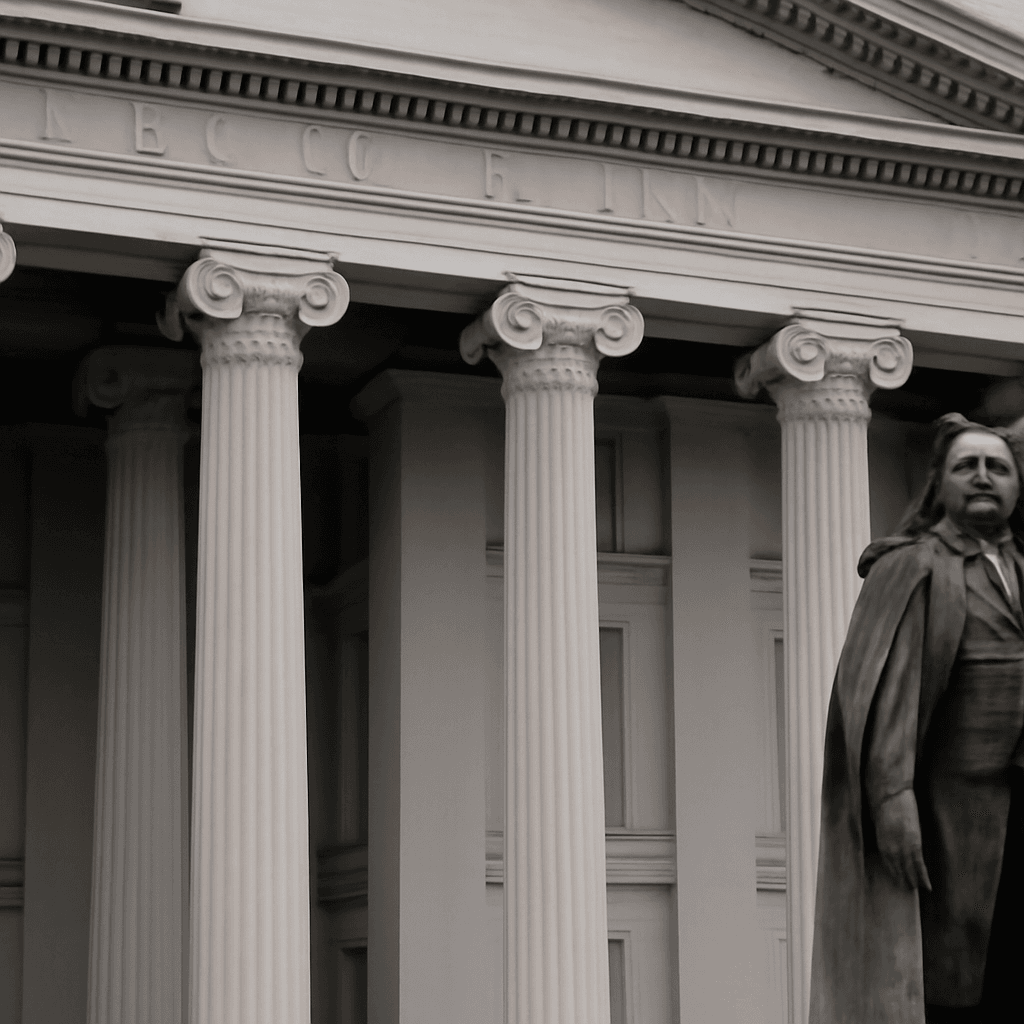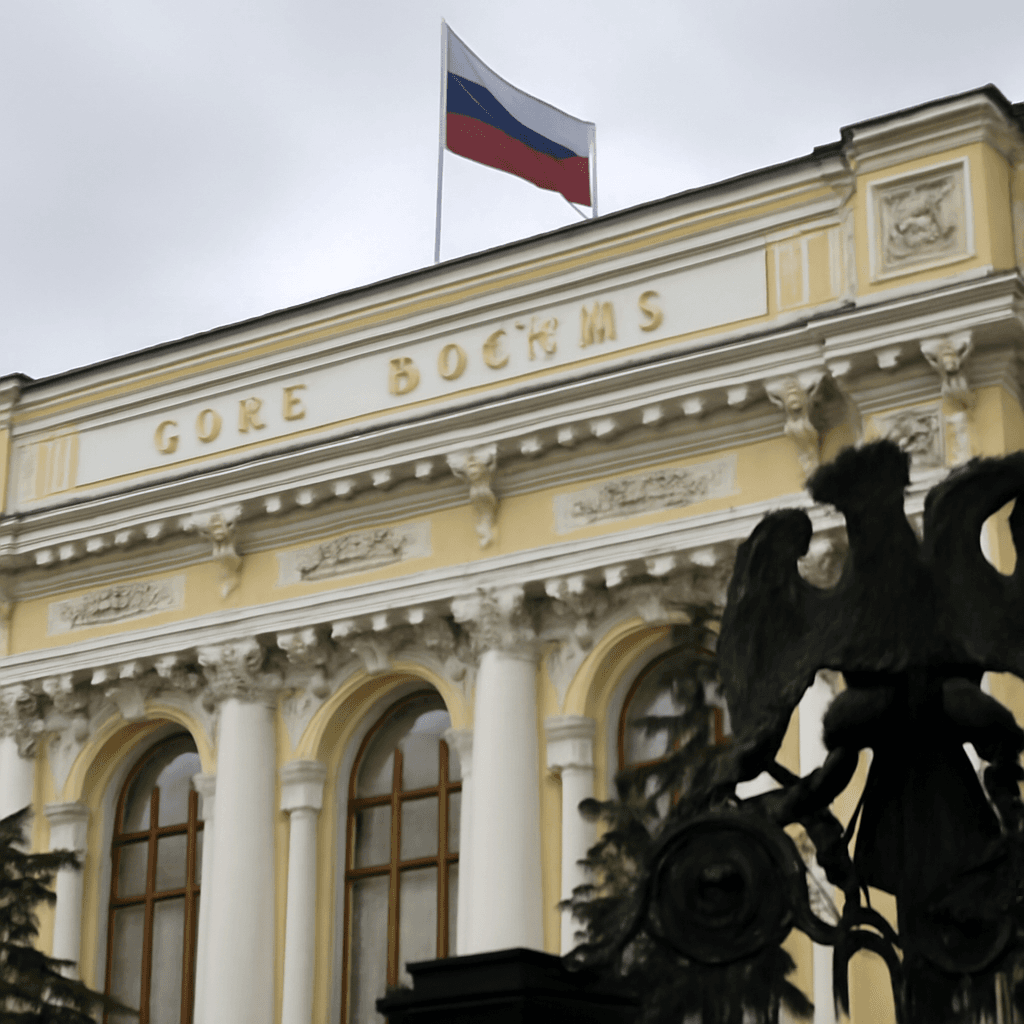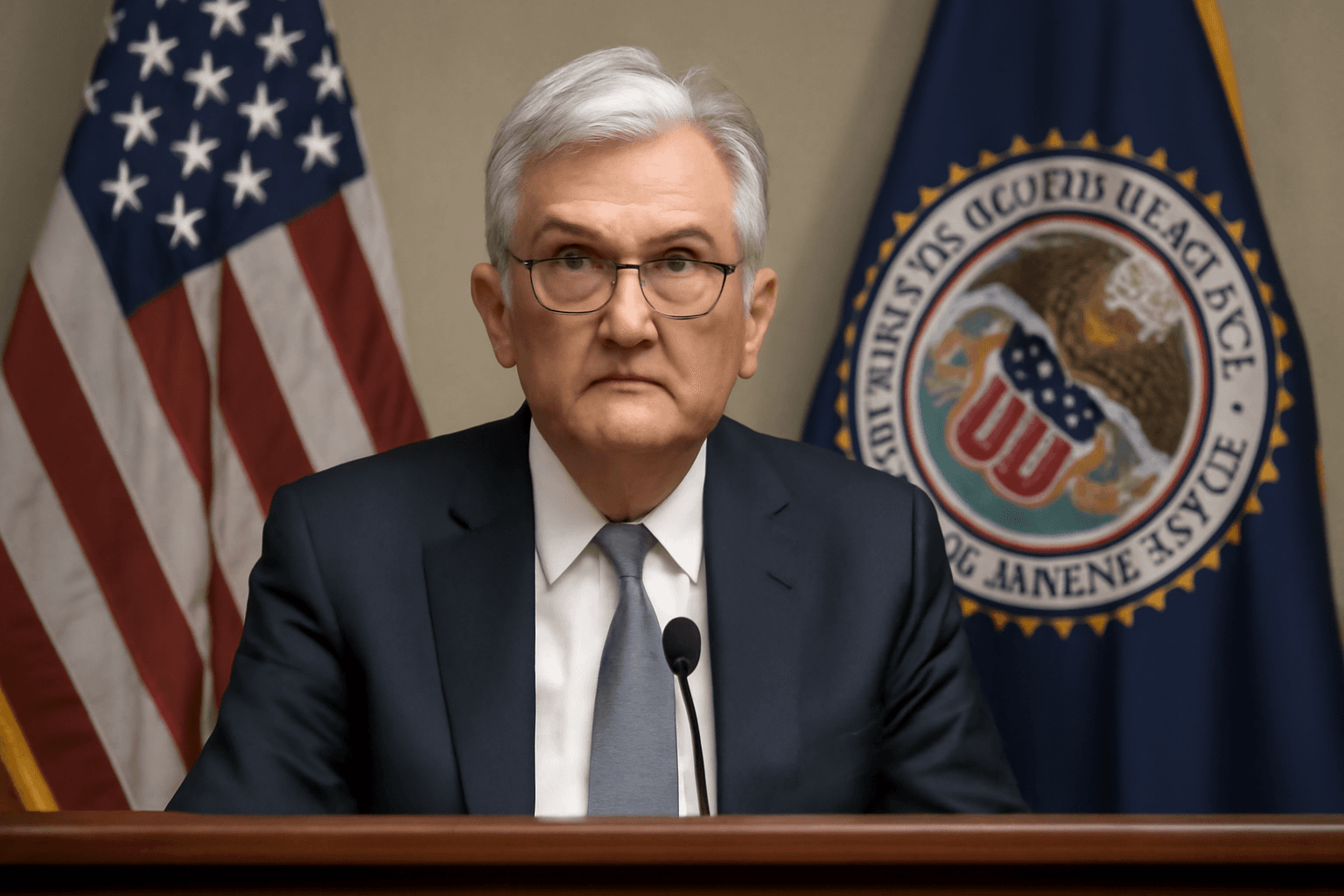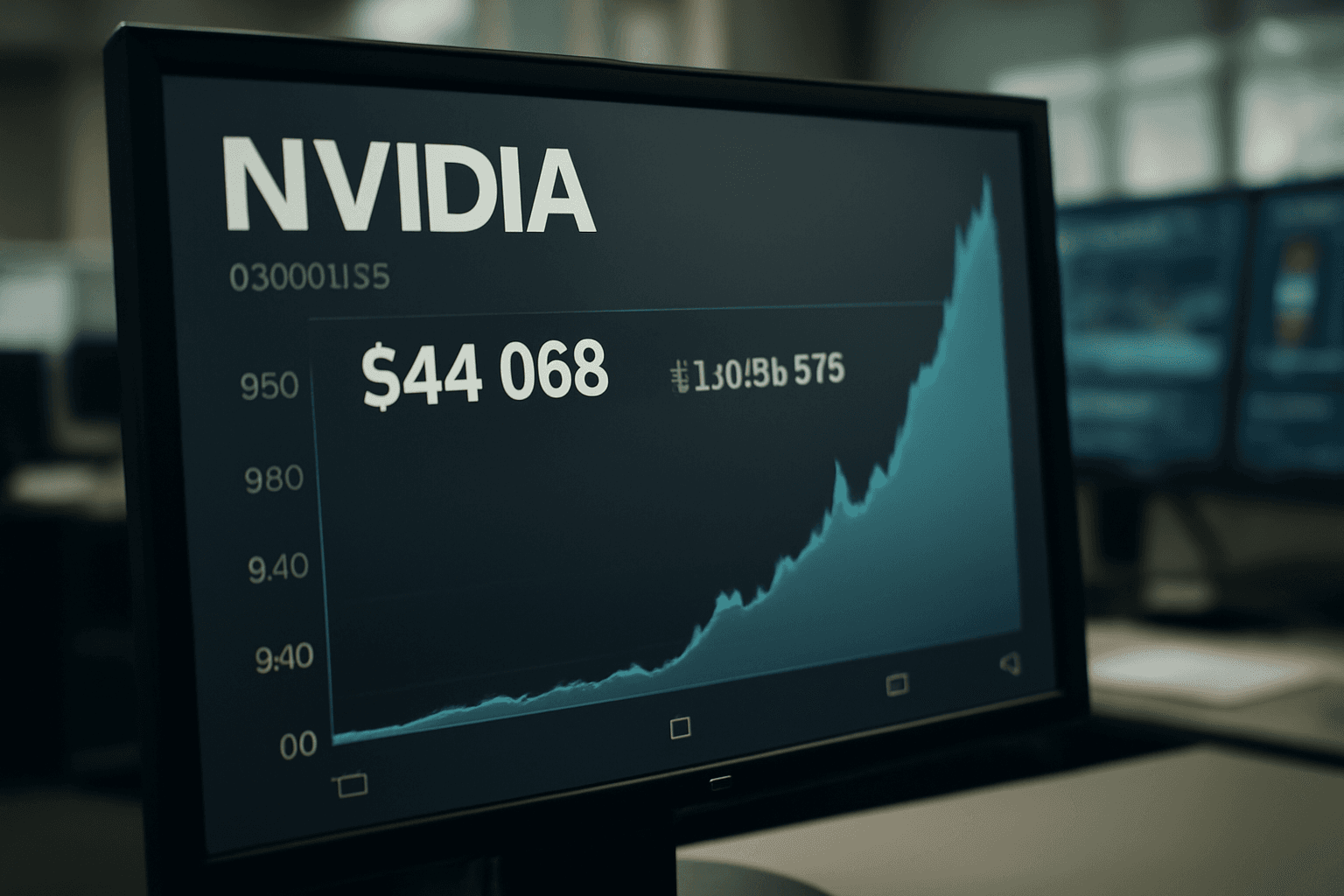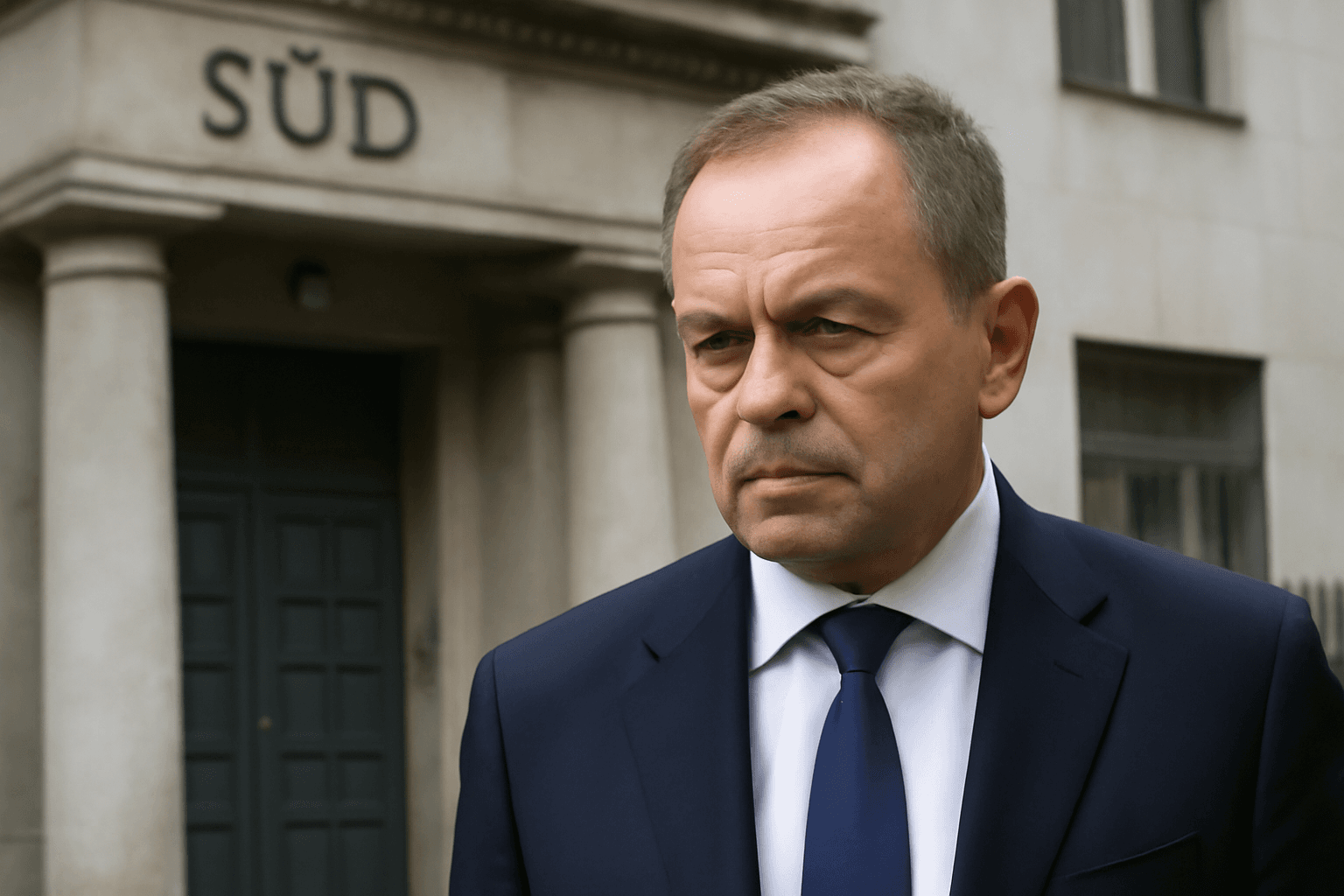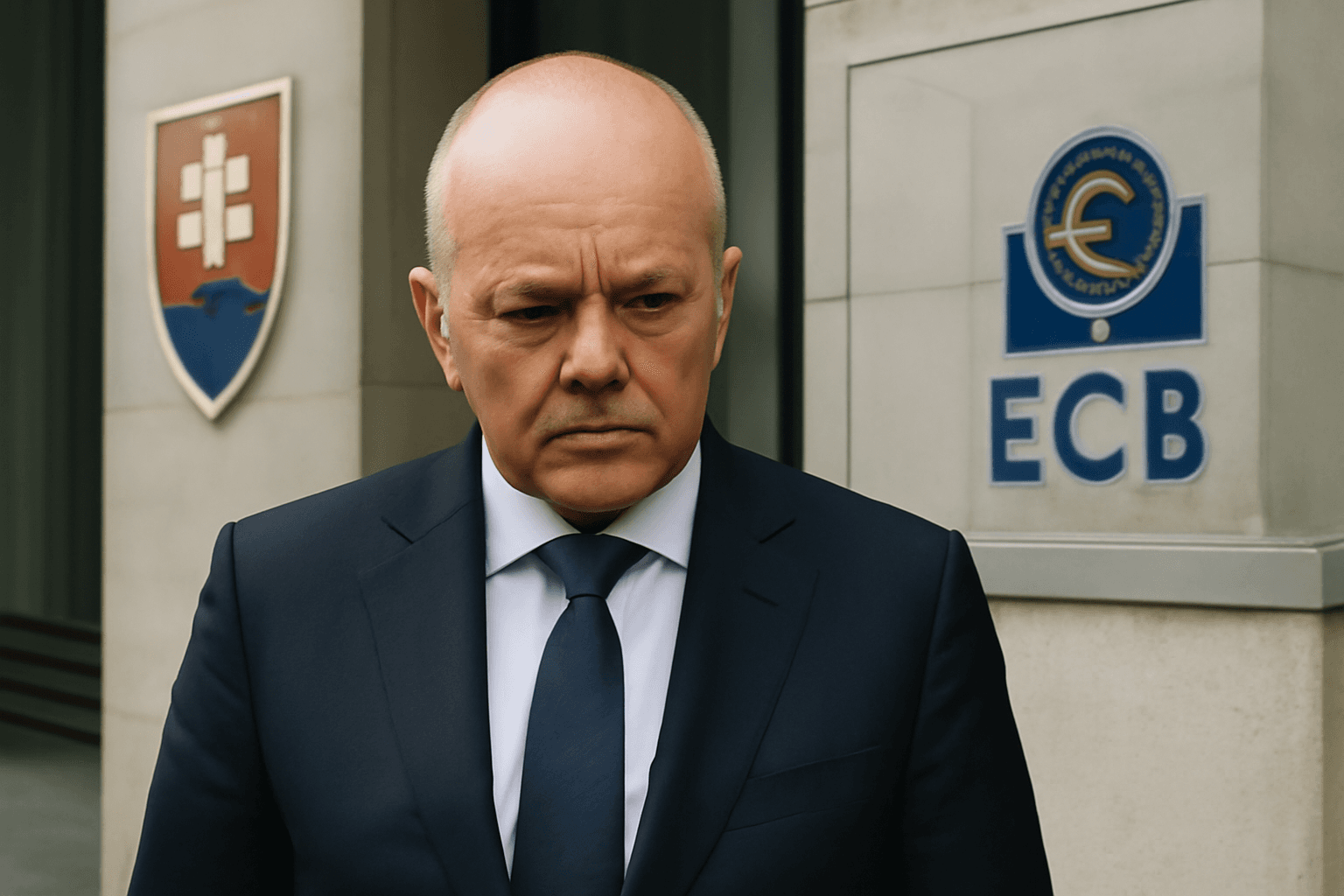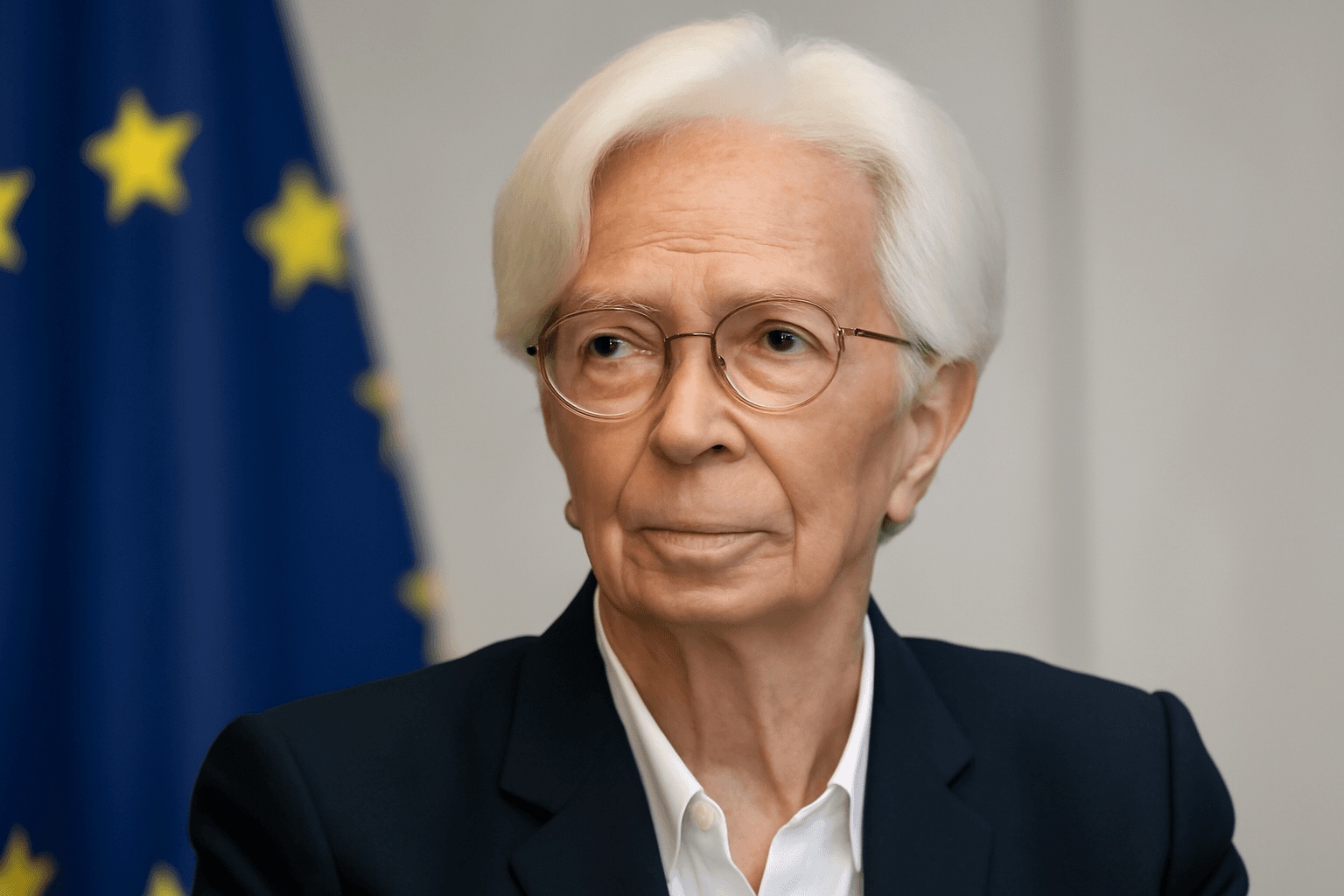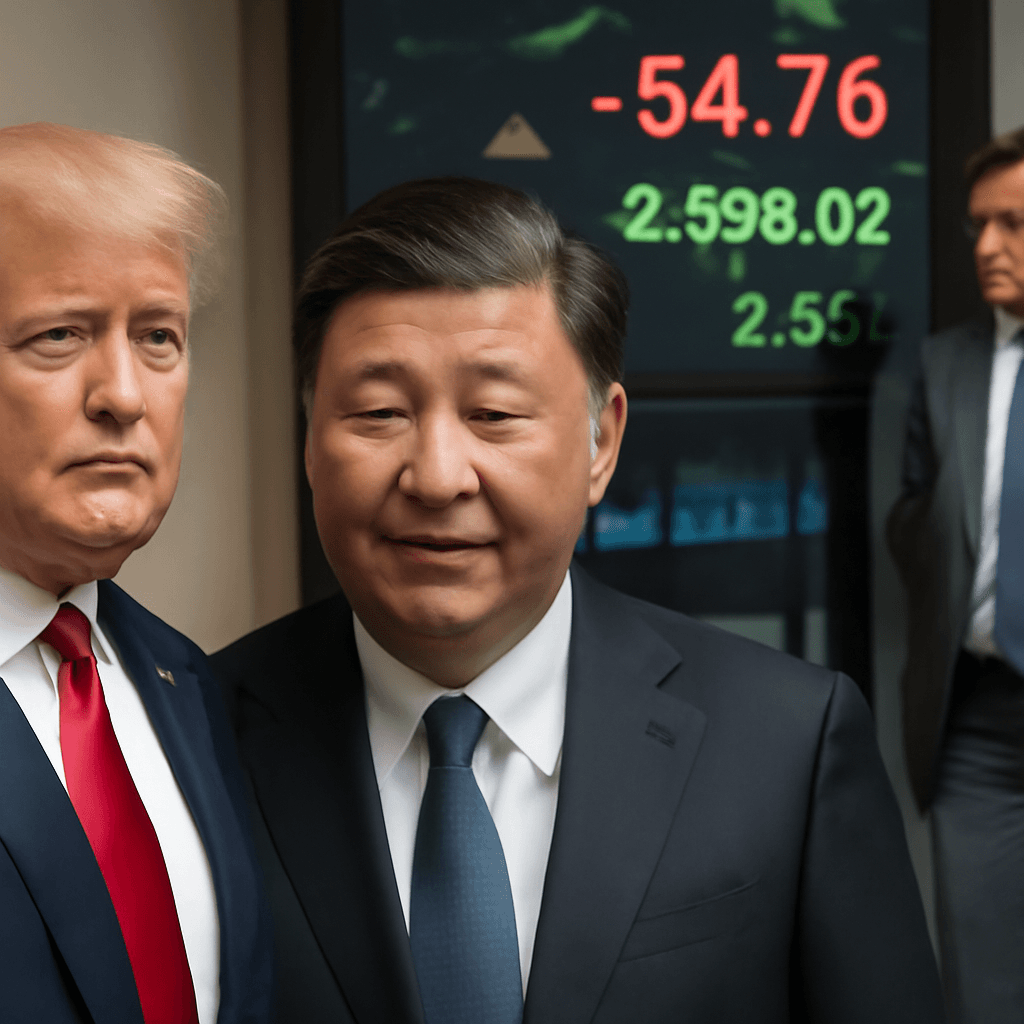ECB Lowers Interest Rates Amid Reduced Inflation
The European Central Bank (ECB) announced a 25-basis-point cut to its interest rates, reducing the deposit facility rate to 2% from 4%, marking a significant easing in monetary policy. This move follows recent data indicating euro zone inflation has dipped below the ECB's 2% target, driven by a stronger euro and declining energy prices.
Market expectations aligned closely with the ECB's decision, with nearly a 99% probability priced into futures markets prior to the announcement.
Updated Economic and Inflation Forecasts
Alongside the interest rate adjustment, the ECB released updated economic projections:
- Inflation is now expected to average 2% in 2025, down from a prior forecast of 2.3%.
- Core inflation estimates were revised upward slightly to 2.4% for 2025, compared to previous expectations of 2.2%.
The downward revision primarily reflects assumptions of lower energy costs and a strengthened euro currency. Despite inflation easing, the ECB emphasized ongoing uncertainty surrounding future inflation trends.
Euro Zone Economic Growth and Challenges
Economic growth in the euro area remains modest. Preliminary figures show a 0.3% expansion in the first quarter of 2025, while the ECB maintained its overall growth forecast for the year at 0.9%. A stronger start to the year is tempered by a less optimistic outlook for subsequent quarters.
The central bank highlighted geopolitical tensions and trade policies as significant factors influencing the economic landscape. Tariff measures, especially those targeting sectors like steel and automotive, present risks, alongside the potential effects of increased government spending on defense and infrastructure.
Market and Currency Reactions
Following the ECB's announcement, equity markets exhibited cautious optimism with the pan-European index experiencing a modest increase of approximately 0.3% before stabilizing near previous levels. The euro appreciated slightly, gaining around 0.4% against the US dollar.
Future Monetary Policy Outlook
The ECB provided limited guidance on forthcoming rate decisions, leaving analysts divided. Some experts suggest a pause may follow the recent cut due to mixed economic signals and the current neutral positioning of interest rates. Others argue for additional rate reductions to counteract diminishing inflation pressures and anticipated economic headwinds caused by trade disputes.
Overall, the ECB's decisions reflect a balancing act between supporting growth and ensuring inflation remains on target, amid considerable uncertainty stemming from geopolitical events and shifting economic conditions.


